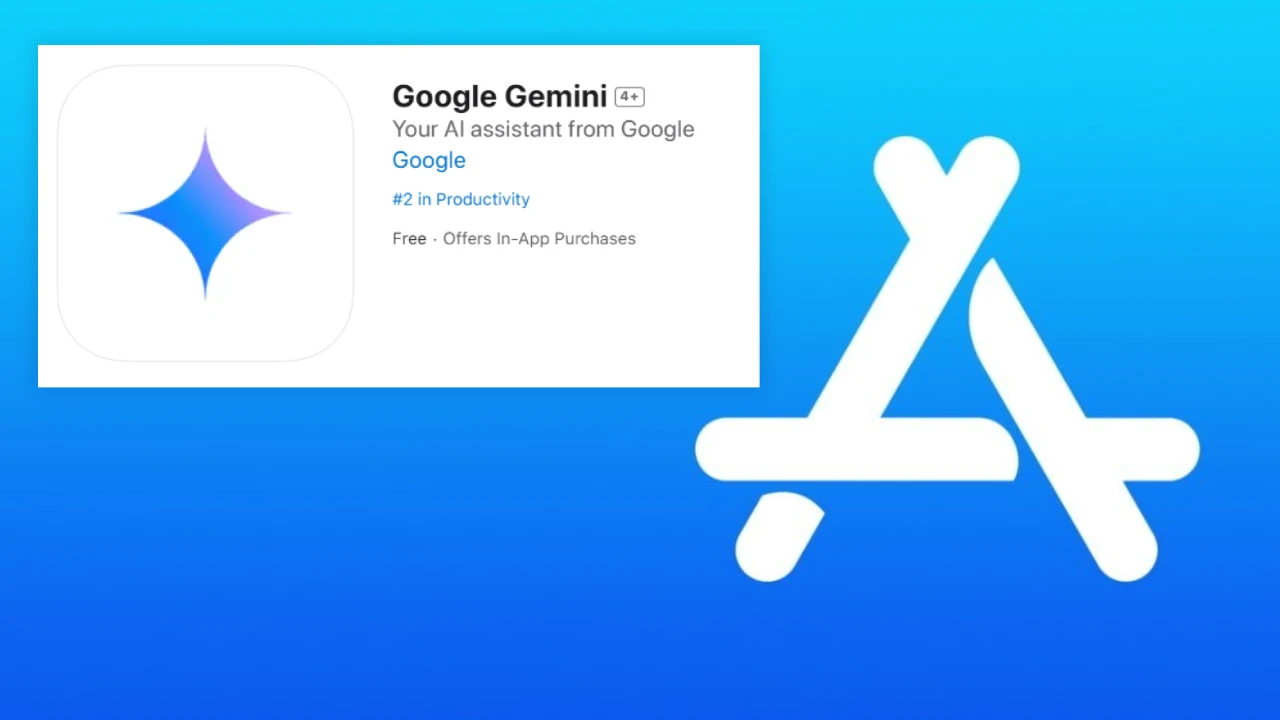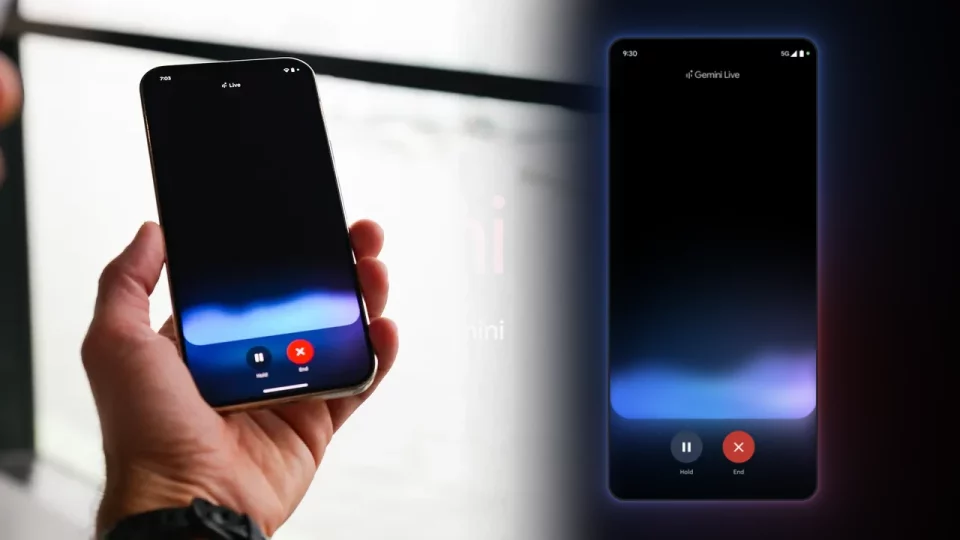Google introduction of its Gemini app for iPhone.
Quietly launched this week on the App Store, the Gemini app is Google’s latest foray into making AI a part of everyday life, blending convenience with technological prowess.
Table of Contents
A Simple Interface for Maximum Usability
At its core, the Gemini app is designed to be simple and user-friendly. Upon opening it, users are greeted with a straightforward chat window and a list of their previous interactions. The app allows users to engage with the AI through text, voice, or even their camera, making it a versatile tool for different contexts. Whether you’re typing a query, speaking a question, or snapping a photo for visual input, the Gemini app seamlessly processes your request and delivers relevant answers.
This simplicity is intentional. The app mirrors the functionality available in the Gemini section of the Google app or the web version of Gemini. The difference lies in its focused purpose: the standalone app ensures that Gemini is always just a tap away, eliminating the need for users to navigate through other apps or web pages.
🔵🔴🟡🟢 Introducing Gemini Live on iOS
One of the most notable features of the Gemini app is its integration of Gemini Live, an interactive and conversational mode that rivals ChatGPT’s voice capabilities. While Gemini Live has been available to Android users for weeks, its debut on iOS is a significant milestone. For iPhone owners, this feature transforms how they interact with the AI, offering real-time voice conversations that are both engaging and efficient.
In practical terms, Gemini Live enhances usability by integrating with the iPhone’s Dynamic Island and lockscreen. This allows users to keep track of their ongoing interactions with the AI without having to constantly switch apps or unlock their device. In my brief tests, the feature performed admirably, offering fast and accurate responses that made the experience feel intuitive and natural.
The Race to Dominate the Homescreen
The launch of the Gemini app underscores a broader trend in the AI landscape: the race to occupy prime real estate on users’ homescreens. For companies like Google, visibility and accessibility are critical. The Gemini app’s icon on your homescreen is more than just a shortcut—it’s a gateway to a habit-forming experience. By making the app easily assignable to the Action Button or other quick-access spots on your phone, Google ensures that chatting with Gemini becomes second nature.
This strategy is not unique to Google. Competing AI chatbots like ChatGPT, Microsoft’s Bing Chat, and others have also developed dedicated apps to secure their place in users’ daily routines. For these companies, being “right in front of your face” isn’t just a convenience—it’s a necessity in a crowded and competitive market.

Leveraging Google’s Ecosystem
A significant advantage of Gemini is its integration with Google’s ecosystem of apps and services. Unlike other third-party AI apps, Gemini can interact with tools like YouTube Music and Google Maps, streamlining tasks and making them more efficient. For instance, you can ask Gemini to play a specific playlist, and it’ll open YouTube Music. Similarly, requesting directions to a location will seamlessly redirect you to Google Maps.
This integration highlights Gemini’s potential to become more than just a chatbot. It envisions a future where AI serves as a bridge between users and their digital environments, making interactions smoother and more cohesive. While Apple’s Siri aims to fulfill a similar role within the iOS ecosystem, Gemini’s cross-app capabilities give it a competitive edge—at least for now.
Limitations and Opportunities
Despite its impressive features, the Gemini app isn’t without limitations. Like other AI chatbots on iOS, it cannot directly change device settings or access third-party apps. This is largely due to Apple’s restrictions on third-party app permissions, which limits how deeply integrated these tools can be within the iOS ecosystem.
However, even within these constraints, Gemini manages to stand out. Its ability to leverage Google’s suite of apps provides a glimpse into what a fully integrated AI assistant could achieve. For instance, imagine an AI that not only schedules your appointments but also books rides, orders food, and manages smart home devices—all from a single interface. While Gemini isn’t quite there yet, its current capabilities hint at a promising trajectory.
🔎 Gemini vs. the Competition
The launch of Gemini’s iPhone app brings it into direct competition with other AI tools like OpenAI’s ChatGPT, Microsoft’s Bing Chat, and Apple’s Siri. Each of these platforms has its own strengths and weaknesses, and the battle for user preference is fierce.
- ChatGPT: OpenAI’s flagship chatbot is renowned for its conversational prowess and versatility. Its voice mode, introduced recently, offers capabilities similar to Gemini Live. However, ChatGPT lacks the deep integration with popular apps that Gemini enjoys.
- Bing Chat: Microsoft’s AI chatbot is embedded within its Edge browser and Bing search engine, making it a natural choice for users already invested in Microsoft’s ecosystem. However, its mobile presence is less prominent than Gemini’s.
- Siri: As Apple’s built-in voice assistant, Siri has the advantage of being deeply integrated into iOS. However, its AI capabilities lag behind those of newer chatbots like Gemini and ChatGPT, limiting its appeal to tech-savvy users.
Google’s strategy with Gemini is to combine the best of both worlds: the conversational depth of ChatGPT with the ecosystem integration of Siri. By doing so, it positions itself as a versatile and accessible tool for a wide range of users.
